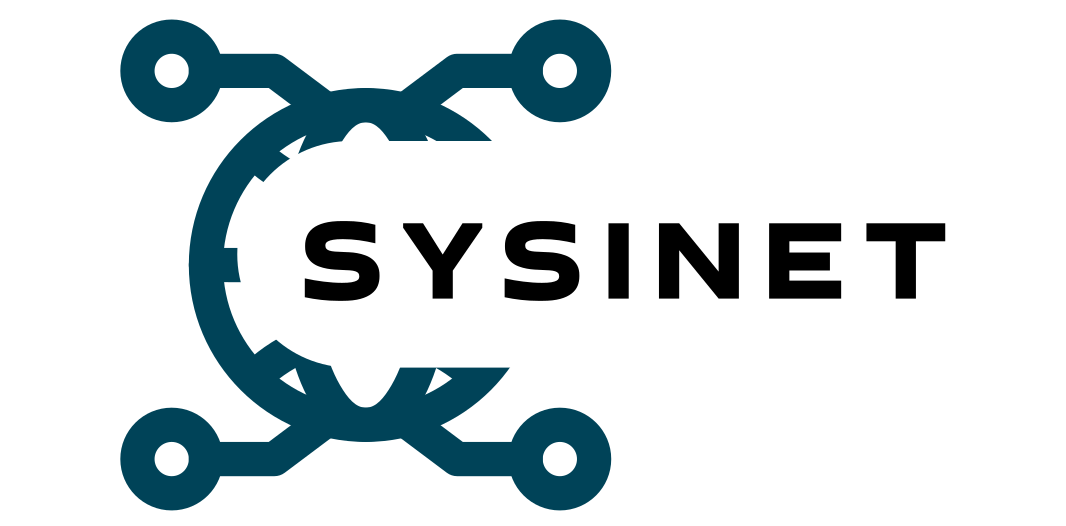In the ever-evolving landscape of cybersecurity threats, ransomware attacks stand out as one of the most pervasive and damaging menaces. These malicious incursions can wreak havoc on businesses and individuals, causing data loss, financial damages, and significant disruptions to operations. To effectively combat this threat, it’s essential to delve deep into the root causes of ransomware attacks and uncover the underlying vulnerabilities that allow them to proliferate.
Understanding Ransomware Attacks: A Complex Web of Factors
Ransomware attacks are not simple, isolated incidents; rather, they are the culmination of various interconnected factors. Human errors, such as falling victim to phishing scams or neglecting cybersecurity best practices, often provide the initial foothold for attackers. Technological vulnerabilities, including outdated software and weak security protocols, further compound the risk landscape. Additionally, external threats like sophisticated phishing campaigns and exploit kits add another layer of complexity to the equation.
Fishbone Analysis: Shedding Light on the Root Causes
To gain a comprehensive understanding of ransomware attacks, organizations can leverage analytical frameworks like Fishbone Analysis. Also known as the Ishikawa or Cause-and-Effect diagram, this tool helps visualize the multitude of factors contributing to an issue. By dissecting the various dimensions of ransomware attacks — from human factors and technological vulnerabilities to external threats and management issues — Fishbone Analysis provides valuable insights into the root causes driving these incidents.
Corrective and Preventive Actions (CAPA): Building Resilience Against Ransomware
Mitigating the risk of ransomware attacks requires a proactive approach that goes beyond mere incident response. Corrective and Preventive Actions (CAPA) encompass a range of strategies aimed at fortifying defenses and minimizing vulnerabilities. This includes implementing robust cybersecurity measures, conducting regular employee training, maintaining up-to-date software, and establishing comprehensive incident response plans. By adopting CAPA methodologies, organizations can strengthen their resilience against ransomware attacks and minimize the potential impact of such incidents.
Harnessing Technology: The Role of AI in Root Cause Analysis
In the age of artificial intelligence (AI), organizations have access to powerful tools that can revolutionize their approach to root cause analysis. AI-driven platforms enable organizations to conduct in-depth analyses of ransomware attacks with unprecedented speed and accuracy. By analyzing vast datasets and identifying patterns, these tools empower decision-makers to make informed choices and implement effective countermeasures against ransomware threats.
Conclusion: Empowering Organizations to Combat Ransomware Threats
Ransomware attacks pose a significant threat to organizations of all sizes, but by understanding their root causes and implementing proactive measures, businesses can significantly reduce their risk exposure. By leveraging analytical frameworks like Fishbone Analysis, adopting CAPA methodologies, and harnessing the power of AI-driven tools, organizations can build resilience against ransomware attacks and safeguard their critical assets in an increasingly hostile cybersecurity landscape.
In the battle against ransomware, knowledge is power. By unraveling the mystery of ransomware attacks through root cause analysis, organizations can arm themselves with the insights and strategies needed to stay one step ahead of cyber threats and ensure business continuity in the face of adversity.




